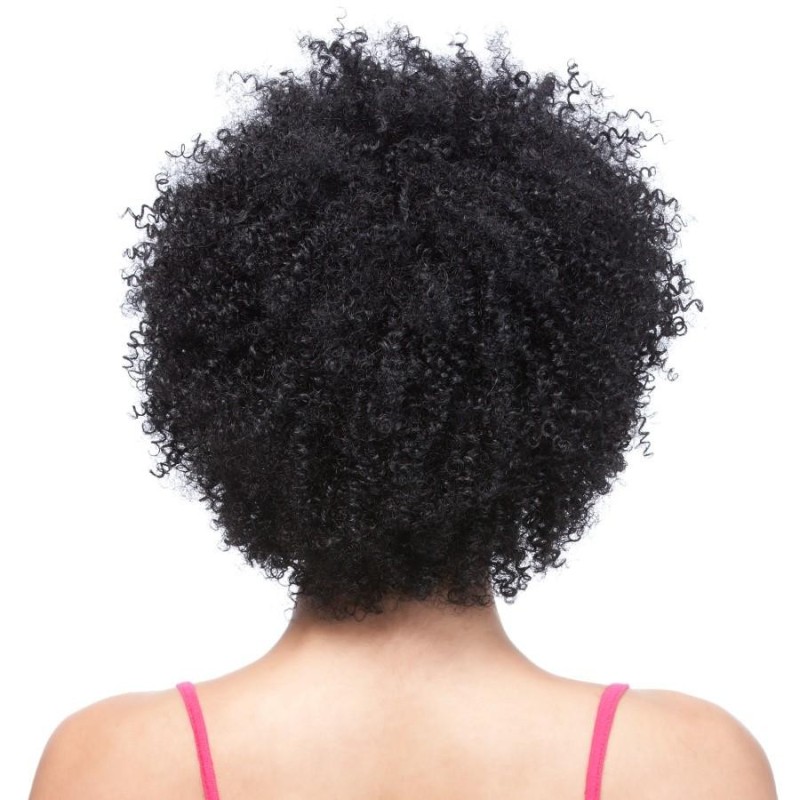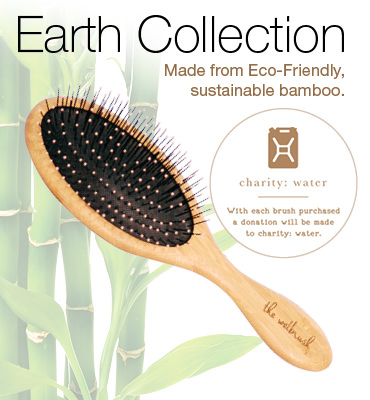 For amazing hair, keep it simple:
For amazing hair, keep it simple:
Keep it acidic, don’t use sulfate and avoid petroleum products like baby oil, Vaseline and hair-food, and don’t let your hair dry naturally without product.
Petroleum products dries out wavy, curly and afro-ethnic hair causing tangling, knotting, breakage and frizz – which usually gets masked by adding silicone.
Invest in a bottle of Jojoba oil – it is not an oil – it’s a natural plant wax that VERY effectively mimics our own sebum and moisturizes beautifully (while also being anti-microbial). Add a few drops to your conditioner before applying and boost the moisture in your hair. One to three drops added to your styling aid will hugely increase smoothness, elasticity and shine.
You’ll find jojoba in any health store that stocks essential oils – and it’s also included in many professional products.
While you’re at it – buy some Castor oil. If at any point you think that you need petroleum jelly/vaseline on your hair – then castor oil is your savior. It’s a really thick oil – but has incredibly small molecules – so penetrates deeply – moisturizing scalp, hair and skin.
Depending on your curl-form: The tighter your curl, the more castor oil you use,the looser it is, the more jojoba you’ll use. Mix the two together and alter the ratio to your needs. ANYTHING added to castor oil is going to penetrate deeply, so this is the ideal time to add in some essential oils and have a succulent moisturising treatment.
The simplest method is to add lavender to your oil mixture – it enhances smoothness. Apply this mixture to dry hair, milking it through your hair. Scrub into the scalp with your finger-pads, apply enough to saturate the hair.
Cover in plastic to trap heat and wrap in a towel. Keep on your hair for at least one hour, longer is better.
To remove this moisture-locking oil mask, apply some sulphate-free shampoo to your dry hair and work it through. When your sure it’s mixed into the oil treatment on your hair, then add some water and lather. You’ll find it creates a rich creamy consistency – rinse and shampoo, following with your favorite conditioner.
Aside from dryness, a sulphate-reaction is literally your reason for your shower blocking up with hair, you’ll usually see it as the second or third ingredient in your shampoo and most people don’t know that they’re reacting. Switch to sulphate-free for 4 weeks to see a huge difference.
Acid. While our blood runs slightly alkaline to be healthy, our skin and hair needs an acidic environment to not knot together like cheap velcro. The simple truth is that alkalinity opens our cuticles – making a strand of hair both swell and look like somebody has stood every tile on a roof on it’s end. When that dries, you have almost hollow hair, with hair scales acting like velcro and unable t0 shine. Using an acid rinse shrinks the hair back to normal and smooths the cuticles – so instant shine. The easiest method is to buy some citric acid in the baking aisle and mix a teaspoon into a glass of warm water. Drench your hair with this – wait 20 minutes and then shampoo as normal. You can do this every wash if you need too: manageability increases instantly. (20 minutes is important. Longer isn’t need, but less time means that it won’t be effective.)
And lastly, NEVER let your hair dry naturally without having a leave-in product at hand. As water evaporates from the hair, it drags essential moisture out of the hair along with it. Even a few drops of jojoba smoothed through the hair after rinsing will go a long way to prevent dry hair. Ideally a curl cream mixed with a bit of serum leaves you with hydrated locks that don’t frizz and looks great.
 Have you just tinted your hair? At home or at a salon? Is it dry, tangled, fly-away and unmanageable?
Have you just tinted your hair? At home or at a salon? Is it dry, tangled, fly-away and unmanageable?
 For amazing hair, keep it simple:
For amazing hair, keep it simple:





 2012 in hair trends still continues the new decade’s theme of revival. The buzzwords being revival and evolution.
2012 in hair trends still continues the new decade’s theme of revival. The buzzwords being revival and evolution. As for products, the green trend has gone high fashion. No longer are natural shampoos the sad alternatives used by a select few.Good products are being demanded and they need to be sulphate, paraben and formaldehyde-free.
As for products, the green trend has gone high fashion. No longer are natural shampoos the sad alternatives used by a select few.Good products are being demanded and they need to be sulphate, paraben and formaldehyde-free. So you had a phonecall from school or found some nits (louse eggs). What do you do…?
So you had a phonecall from school or found some nits (louse eggs). What do you do…? One of the longest lasting trends in hair care has been fragrance retention. It’s clean – but how does it smell?
One of the longest lasting trends in hair care has been fragrance retention. It’s clean – but how does it smell?